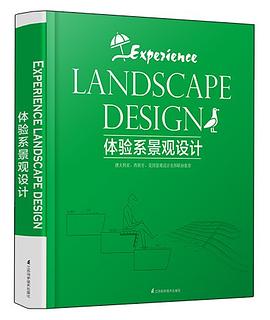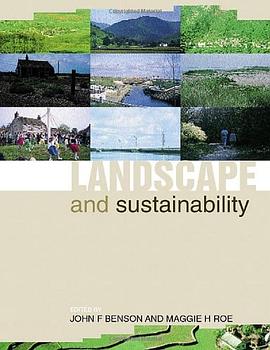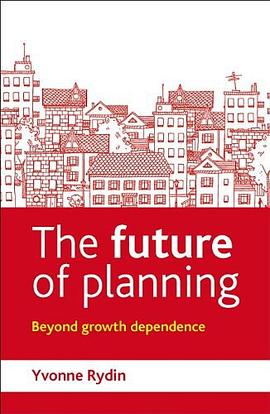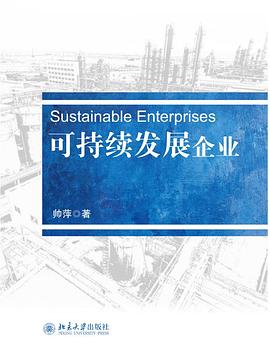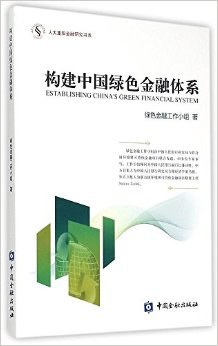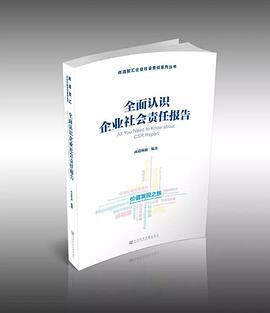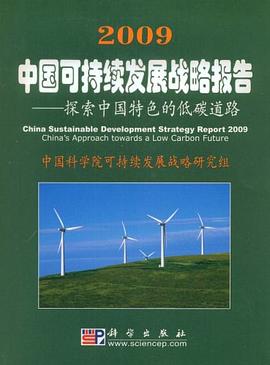

Cement-based concrete has excellent properties as a construction material, and the raw materials of cement-rocks, and limestone and clay-are bountiful. Yet its production generates high quantities of CO2, making it a potentially unsustainable material. However, there are no alternatives to concrete and steel as basic methods for development of socioeconomic infrastructure at this time. Highlighting sustainability issues in the construction industry, The Sustainable Use of Concrete presents guidelines on how to move toward sustainable concrete construction. The book begins by clarifying the historic background and meaning of sustainability, after which it outlines areas that need to be considered in connection with sustainability in the concrete and construction field. It examines environmental, social and cultural, and economic aspects, then considers an evaluation system of sustainability. The authors include various tools and ISO standards, and then explore technologies for sustainability, with case studies and examples that promote understanding of current technologies. Although the construction sector, in the broadest sense, has come to recognize that infrastructure development over the past two centuries has been unsustainable, it has been slow to adjust. Comprehensive information and relevant practical guidance are very scarce. This book lays out a roadmap for creating a human-friendly and safe environment with low environmental burden.
具体描述
读后感
评分
评分
评分
评分
用户评价
相关图书
本站所有内容均为互联网搜索引擎提供的公开搜索信息,本站不存储任何数据与内容,任何内容与数据均与本站无关,如有需要请联系相关搜索引擎包括但不限于百度,google,bing,sogou 等
© 2025 book.wenda123.org All Rights Reserved. 图书目录大全 版权所有





